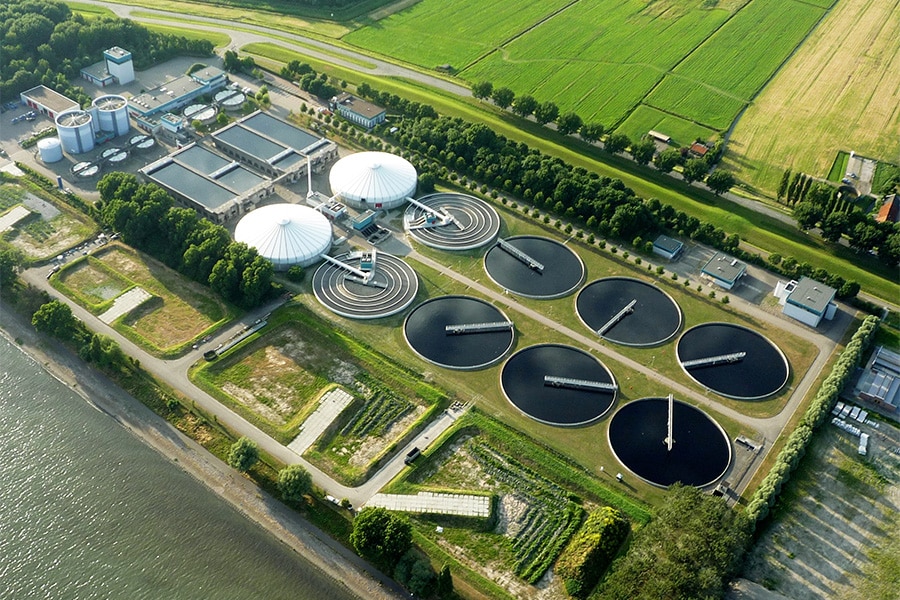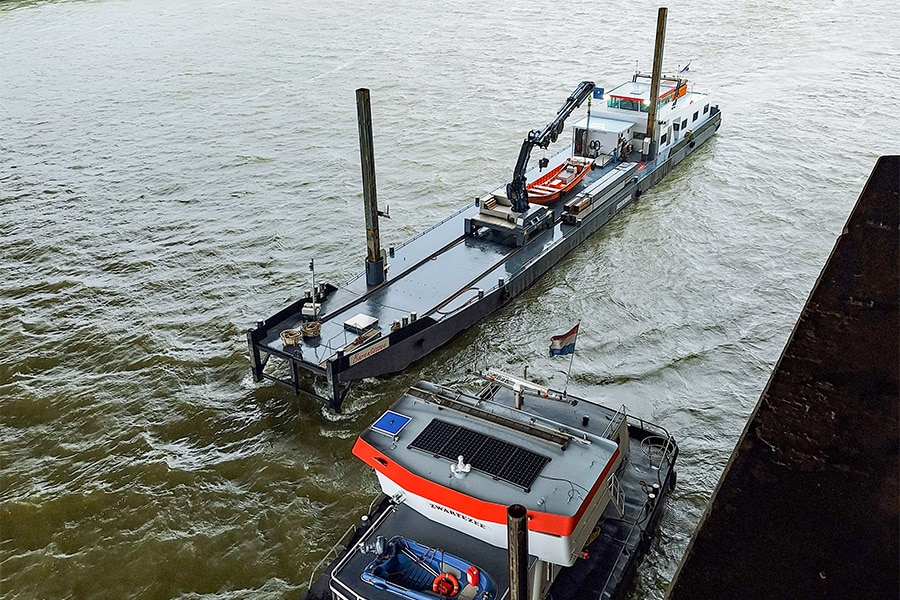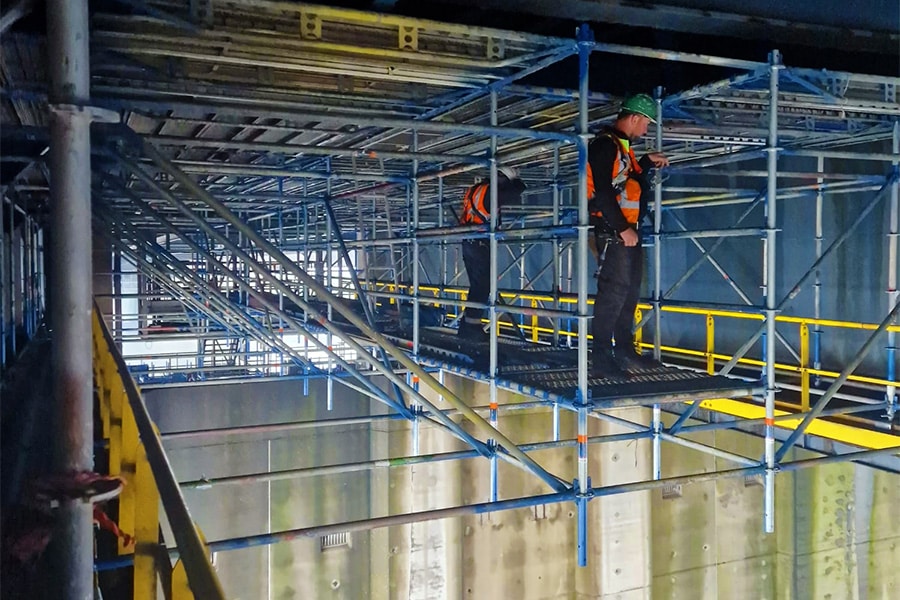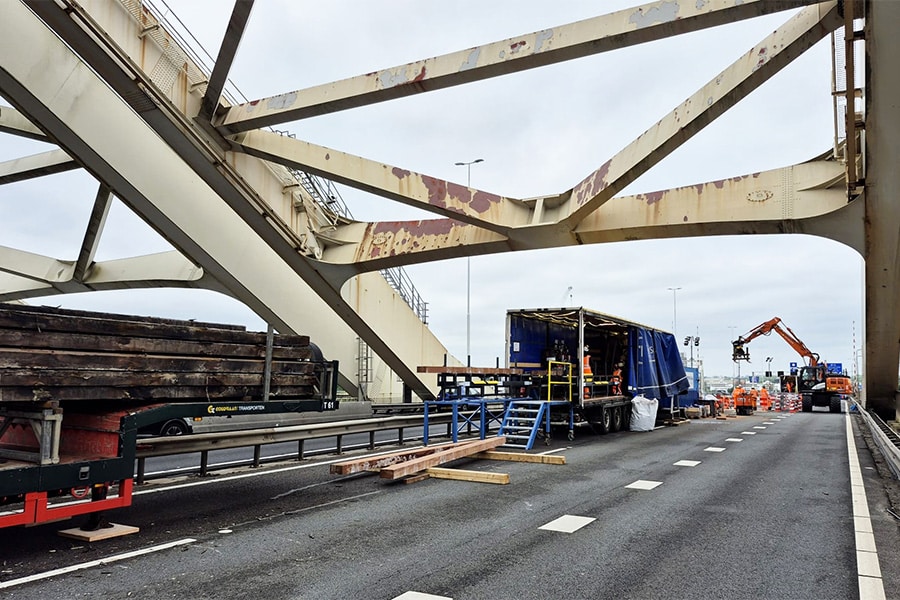
'Concrete is a reliable product, has a long lifespan and provides high cycling comfort'
Flevoland Province is undertaking a large-scale preservation project. A total of 362 kilometers of asphalt bicycle paths are undergoing a transformation to concrete. An interview with Henk Jansen and Martin Vos, both working for the province as respectively advisor pavements and advisor sustainability, about the background of the transformation and the ultimate goals.
Concrete versus asphalt
Flevoland Province has made a conscious choice for bike lane reconstruction in concrete and asphalt for road infrastructure. Asphalt bike lanes have a number of disadvantages compared to concrete bike lanes, according to Henk Jansen. "The flexible construction makes asphalt bike paths sensitive to disturbances in the subsurface, such as deterioration by tree roots. Also, the lifespan is limited. A new surface layer is often needed after 15 years, while a concrete bike path deforms much less thanks to its rigid construction. A concrete bicycle path is flat and rough, which increases driving comfort and safety, and has a longer life span of at least fifty years. All advantages that fit within the province's sustainability policy."
Sustainability
Flevoland Province's sustainability policy is committed to a substantial CO2-reduction of the major material streams, being asphalt, concrete and fuel. "With these materials, we want to take a serious sustainability step," says Martin Vos. The goal is to achieve a CO2-reduction of 25% over the period 1990 to 2020, which incidentally is in line with national goals. The transformation from asphalt to concrete bike lanes fits perfectly into this vision. It is a multi-year process that started several years ago. The asphalt bike lanes are being replaced in phases, each time in accordance with the latest technology. "We have conformed to the Concrete Agreement and explicitly use the knowledge and expertise from the market by experts from the concrete industry and concrete chain."
Circular infrastructure
Whereas in 2017 several bicycle paths were still being constructed in geopolymer concrete, in the meantime the market and also the province have already moved on. "Together with an external party, for example, we are in the process of establishing the maximum MKI score (environmental cost indicator) of concrete in RAW specifications," says Martin. "With this we are encouraging the market to continuously find more sustainable alternatives, such as the use of Blast Furnace Cement CEM III. Ultimate goal is to evolve towards a circular infrastructure, where in the case of concrete, much more thought is already given in the design phase to the raw materials (primary/secondary) and possible reuse at the end of life."
Long life concrete
Henk Jansen concludes, "Concrete is a reliable product, has a long lifespan and provides high cycling comfort. With minimal effort, you can manage concrete bike paths well, minimizing the nuisance of maintenance work on the environment (and the environmental impact). This also gives the product great social value." It is expected to take another five years or so before the last asphalt bike paths in Flevoland are also switched to concrete.




